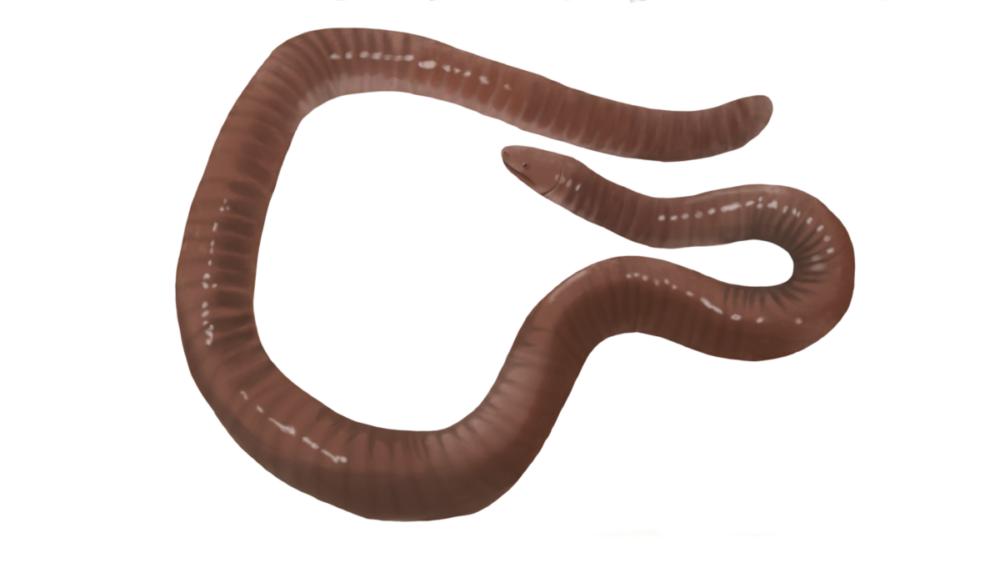About
The Mount Oku caecilian occurs in an area of just 49km²!
This is a very rare and elusive species – field work conducted between 2006 and 2008 records just 3 individuals recorded during dedicated surveys (5 other individuals were collected by Oku community members). It is unknown if the population is severely fragmented, but due to the decline in extent and quality of habitat it is assumed the population is decreasing.
The main threat to this species is the change of habitat from forest to agriculture and grazing, fire and forest fragmentation. In addition, this species is found to be killed either by accident by being possibly mistaken for a snake and it may be affected by agrochemicals.
Two out of six Caecilian tested from Mount Oku have tested positive for the Bd (Batrachochytrium dendrobatidis) – a strain of Chytrid fungus.
Further surveys and research are required to determine if the species occurs in the area and to understand the distribution, natural history and threats.
- Order: Gymnophiona
- Family: Scolecomorphidae
- Population: Unknown
- Trend: decreasing
EDGE Score
Distribution
The Mount Oku caecilian is known from Western Cameroon on Mount Oku, in the Bamenda Highlands, at 2300m above sea level. It is no known if it occurs more widely.
Habitat and Ecology
This species is found in secondary forest on the edge of farmland (within 500m of the forest). The breeding biology is unknown but it is thought to be oviparous (egg laying) and not dependent on water.
